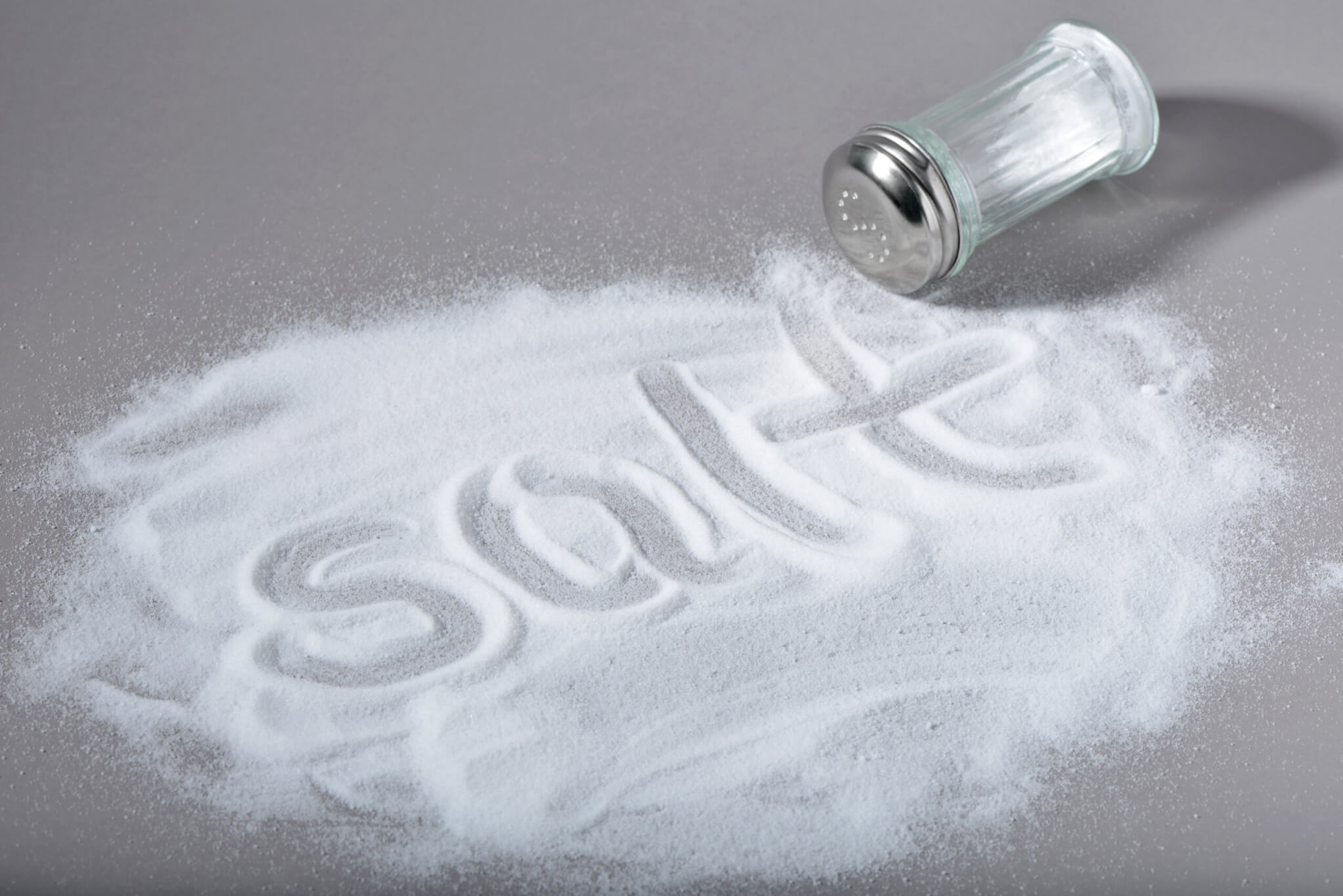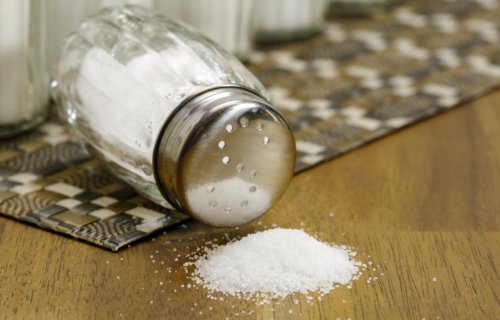In 2024, salt has a pretty bad reputation when it comes to your health. However, 100 years ago, salt changed the world forever.
Goiter, a condition which sees the thyroid gland grow, is a serious health issue. Prior to and during the 1920s, the condition was extremely prevalent across the United States. Due to its link to an iodine deficiency, in 1924, scientists proposed that the U.S. distribute iodized salt to stop the issue. Now, having a goiter is a rare occurrence in the United States.
What is goiter?
Goiter is when the thyroid grows in an abnormal manner. Usually, it shows up as an enlargement of the thyroid, or it can come from irregular cell growth that forms lumps in the gland. Sometimes these changes come with hormonal dysfunction, but other times it might not.
The most common cause of a goiter is an iodine deficiency. Around the 1920s in the United States, the deficiency was common in the Great Lakes, Appalachians, and Northwestern regions of the country. The impacted areas were referred to as the “goiter belt.” In these areas, an estimated 26 to 70 percent of children had a clinically apparent goiter. Now, goiter is estimated to impact only five percent of people in the country.
“A goiter is typically not dangerous, unless the underlying cause of thyroid enlargement is a thyroid cancer. It is important to identify the cause of the goiter to rule out cancer,” Johns Hopkins researchers say in a media release.

Why use iodized salt?
Iodine is an important nutrient that not only helps regulate thyroid hormones, but also breast and immune health. Iodized salt is made by spraying table salt with potassium iodate. During this time period, most people cooked their food at home. During the 1920s, David Murray Cowie, a Michigan doctor, advocated for the addition of iodine to salt as an actionable and practical way to help the general population meet their iodine needs.
This was back when people actually cooked their own food and used salt regularly. In May of 1924, iodized salt hit store shelves. In the years to follow, the rest of the country started to follow suit. Today, close to 70 percent of the salt sold in the United States is iodized. To this day, its invention is one of the greatest nutritional wins in history.
We don’t need a lot of iodine!
Iodine is important for thyroid health, but too much of it can have adverse effects as well. Current recommendations suggest that adults get 150 micrograms of iodine per day. Seafood, seaweed, dairy, eggs, and various meats are also sources of iodine. As such, eating a varied diet is a pretty reliable way to get enough iodine.

Bottom Line
If you’re eating a balanced diet that includes other sources of iodine, you likely don’t need to go out of your way to consume iodized salt. In fact, given its prevalence, you likely eat some on a regular basis already without even knowing it.
If you know that you are at an increased risk of iodine deficiency or have thyroid abnormalities, your healthcare professional can work with you to figure out if you have unique needs. The addition of iodized salt to our food supply exactly a century ago was one of the most influential nutritional interventions ever devised, because now we really don’t even have to think about issues like goiters as much as people did in the 1920s.
